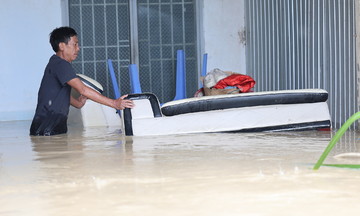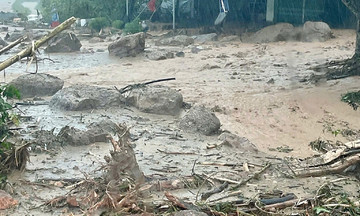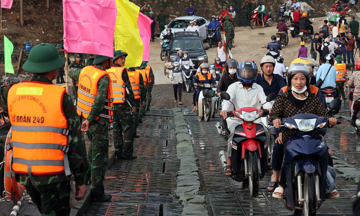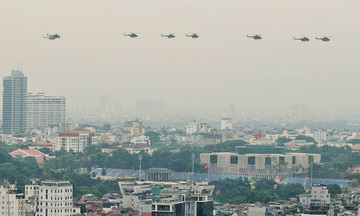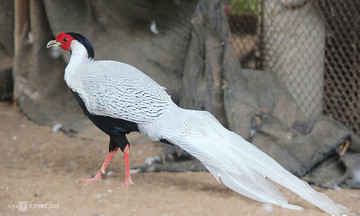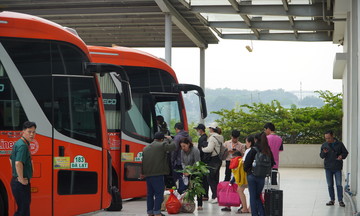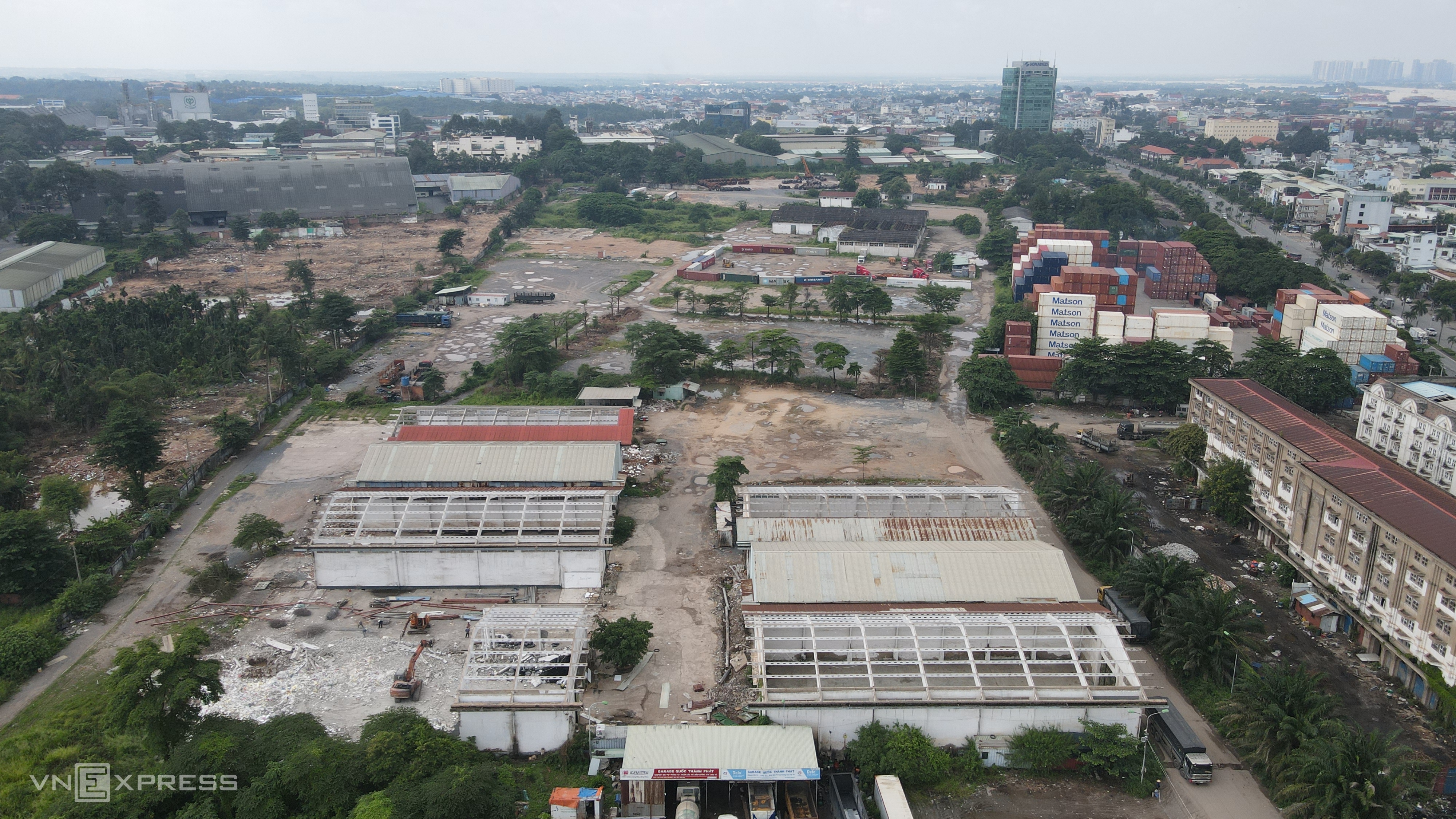 |
The factory site is littered with iron and steel, debris, and construction materials waiting to be transported. (Photo: Phuoc Tuan) |
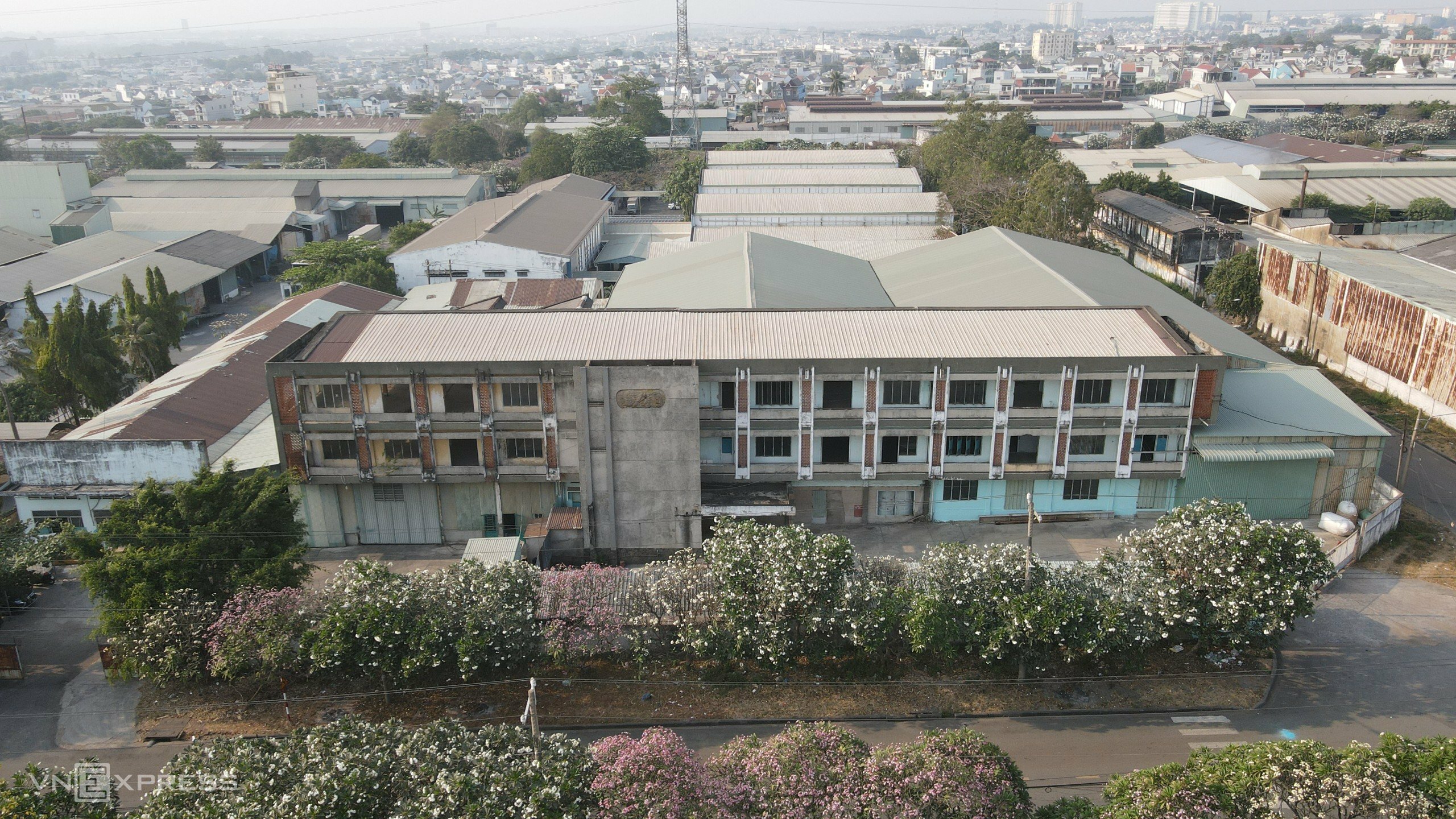 |
Sections of the workshop collapse under the force of the crane. Pham Van Day (driver) said that it takes an average of two to three days to dismantle each workshop. (Photo: Phuoc Tuan) |
For about two weeks, some companies, factories, and households in Bien Hoa 1 Industrial Park (Tran Bien ward) have begun dismantling and handing over their land. Dong Nai Paper Mill, with dozens of workshops, is being relocated. Compared to last year, the factory relocation is almost complete, with only the main building remaining.
The 335-hectare industrial park, established in 1963, was once considered a model and a premise for the development of industrial parks throughout the country. The factories within the park are located along the Cai River, alongside Hanoi Highway (Bien Hoa Highway before 1975), the main artery leading to Ho Chi Minh City in the east.
After more than half a century of operation, the area has revealed many limitations and potential risks of affecting the water environment of the Dong Nai River. In 2009, the industrial park was converted into a commercial and service urban area. Recently, Dong Nai province approved a project to convert the administrative and urban center with a total area of about 330 hectares.
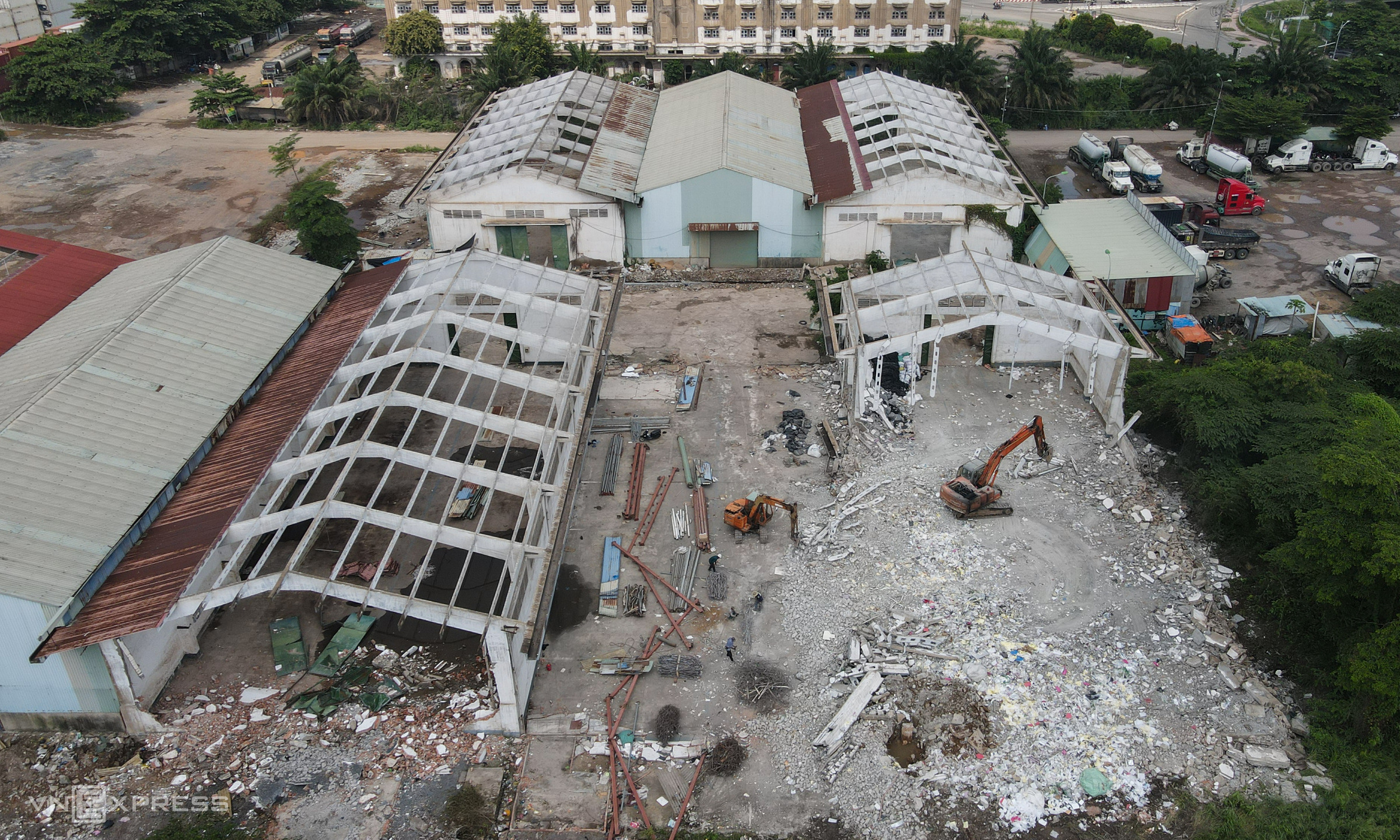 |
A group of workers dismantle load-bearing concrete structures to retrieve the steel inside. (Photo: Phuoc Tuan) |
Thousands of square meters of workshops in Dong Nai Paper Mill stood bare on 16/7. Two cranes and nearly 10 workers were demolishing walls and dismantling corrugated iron structures within the factory.
Dong Nai Paper Company was the first factory to operate in Bien Hoa 1 Industrial Park. Established in 1959, the factory, known as Cogido, existed a few years before the industrial park. According to factory management, after privatization, the company has changed ownership several times and restructured its production.
From its construction until 1975, Bien Hoa Industrial Park had 94 factories and enterprises. Most of the machinery and equipment were imported from Japan, Germany, France, and Taiwan. In 1990, Dong Nai province established Bien Hoa Industrial Park Development Company (Sonadezi Bien Hoa).
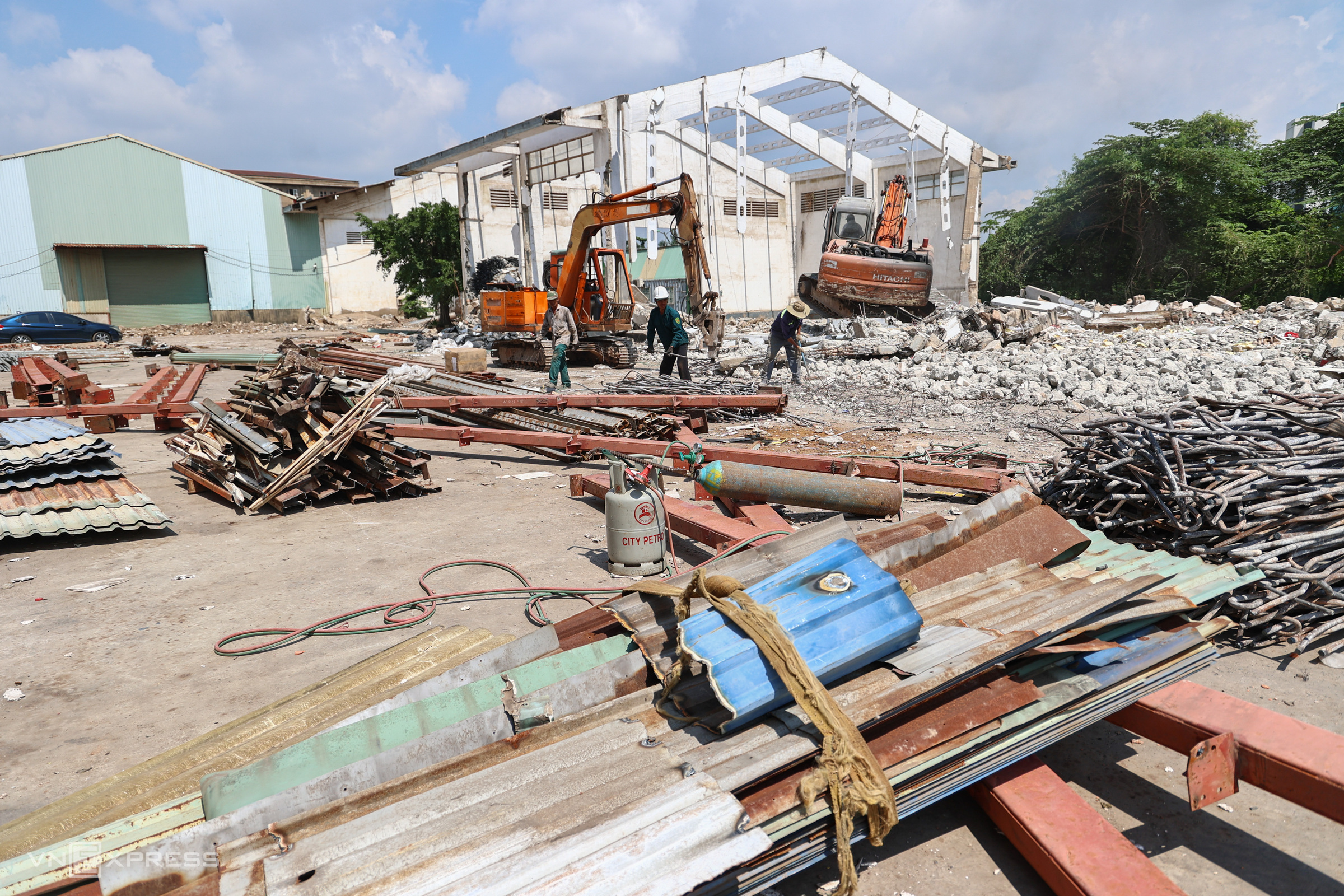 |
At a nearby workshop, Tan Dat, 34 (left), transports roofing sheets outside. At the scrap collection area, another group processes the dismantled steel bars for other purposes (following photo). (Photo: Phuoc Tuan) |
The factory site is littered with iron and steel, debris, and construction materials waiting to be transported. (Photo: Phuoc Tuan)
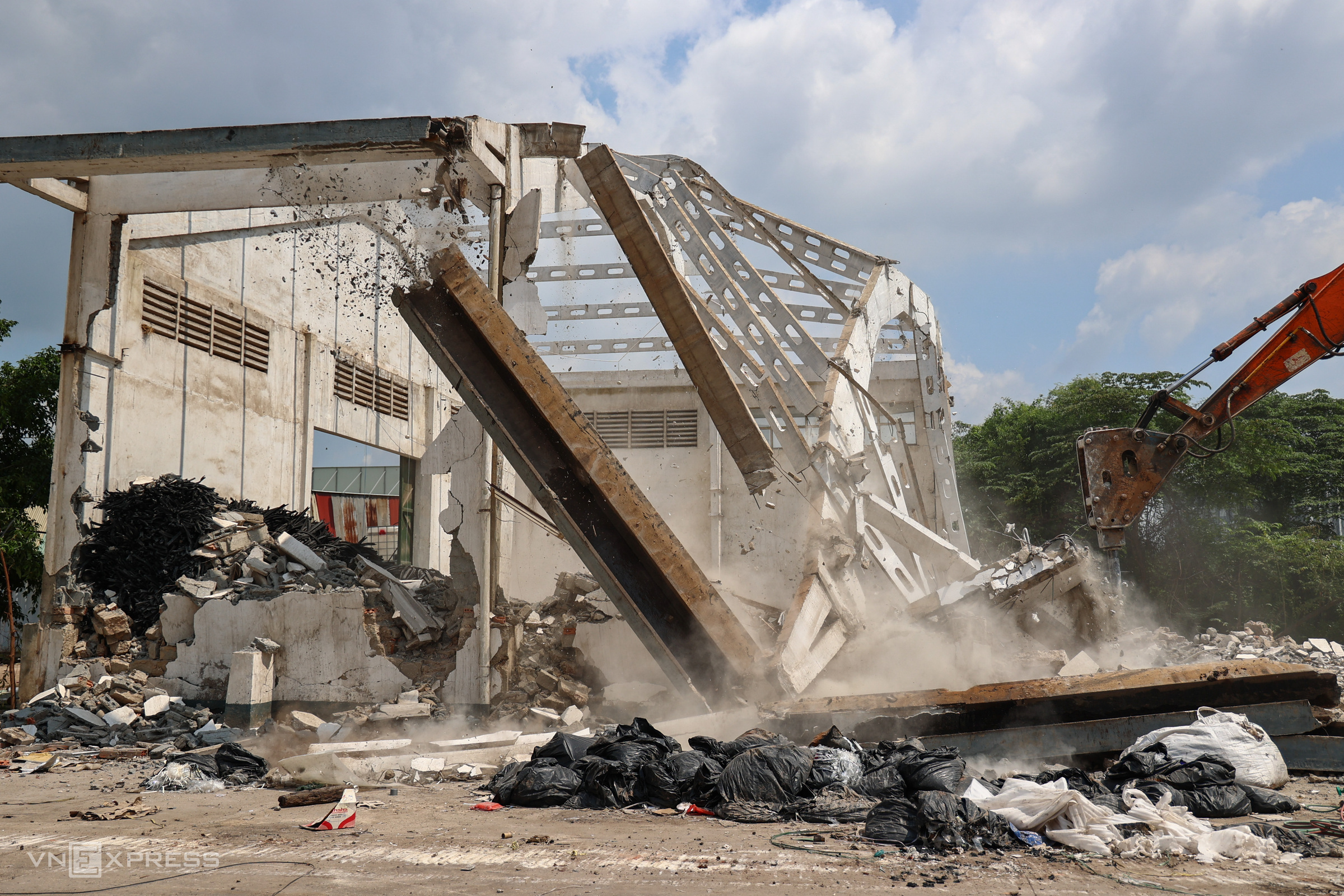 |
For a week, Luu Trung Duong, 68, has hired workers to demolish his house and return the land. His family has lived in the 50+ square meter, corrugated iron roofed, level-4 house since 1987. "The compensation is too low, so I haven't accepted the money yet, but I still comply with the province's policy," Duong said. (Photo: Phuoc Tuan) |
Sections of the workshop collapse under the force of the crane. Pham Van Day (driver) said that it takes an average of two to three days to dismantle each workshop. (Photo: Phuoc Tuan)
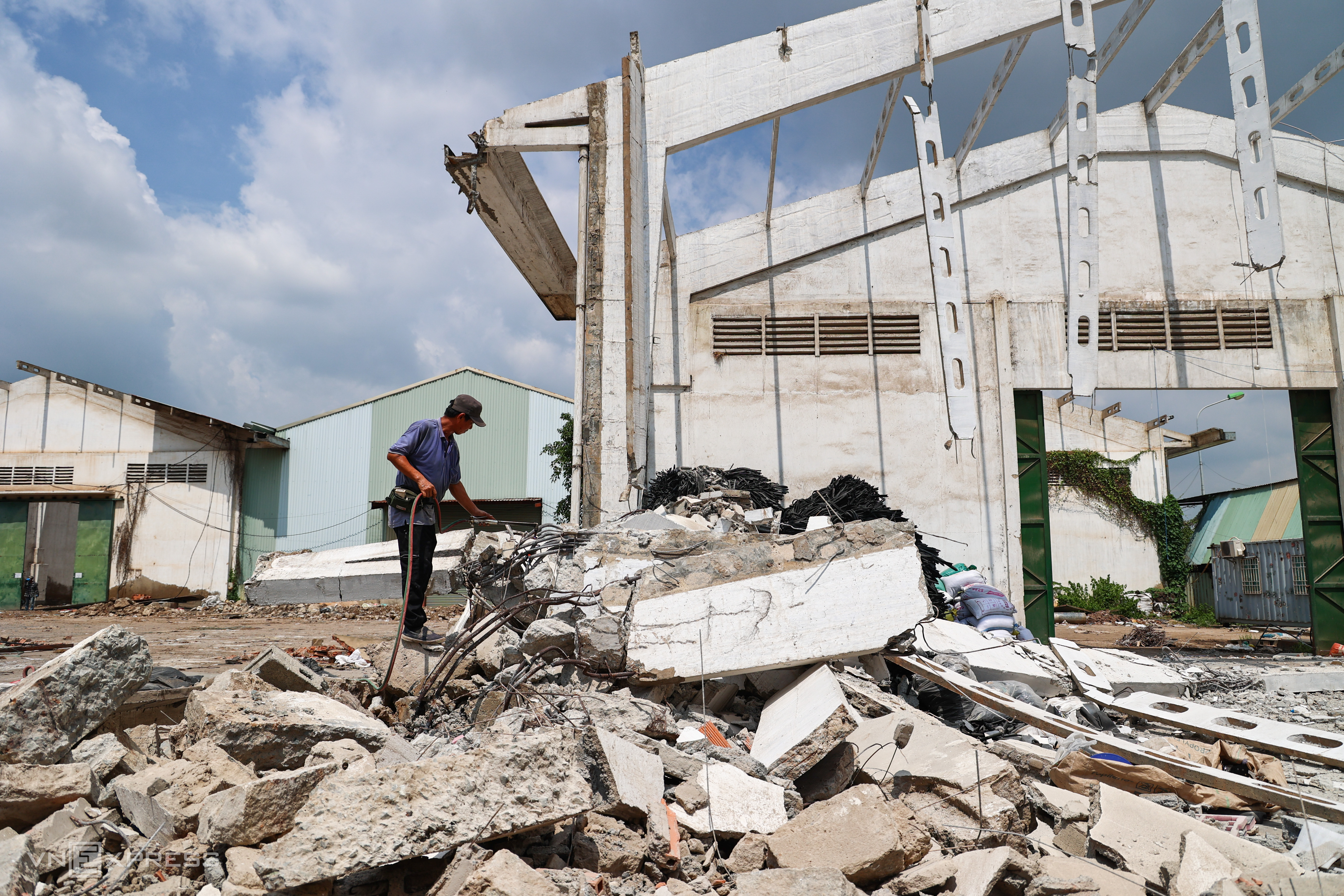 |
Three-wheeled vehicles and trucks continuously enter and exit the residential area within Bien Hoa 1 Industrial Park to move belongings. (Photo: Phuoc Tuan) |
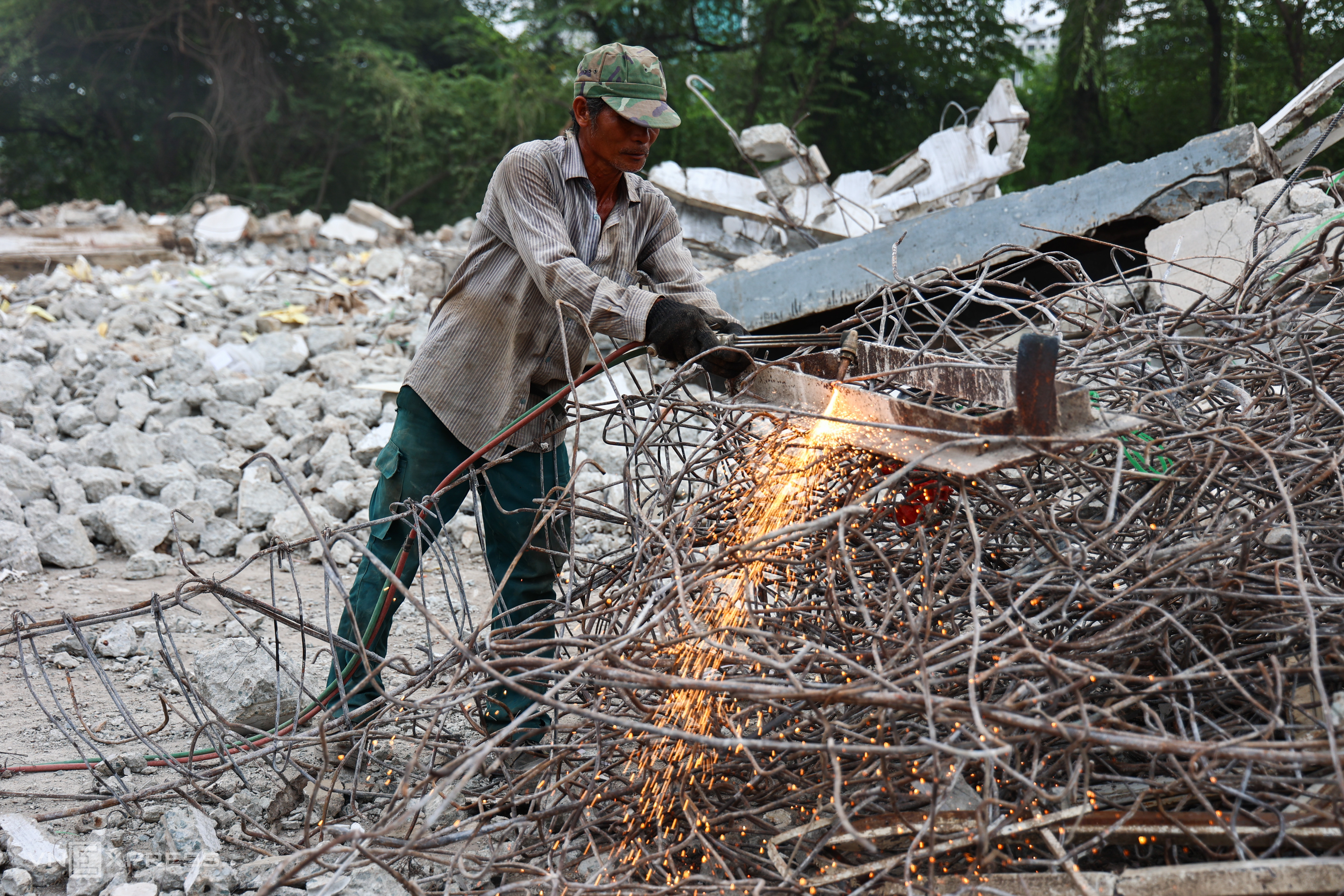 |
Many scrap buyers are also contacted by families to sell old house frames, steel roofs, and corrugated iron. (Photo: Phuoc Tuan) |
A group of workers dismantle load-bearing concrete structures to retrieve the steel inside. (Photo: Phuoc Tuan)
 |
Location of Bien Hoa 1 Industrial Park. Graphics: Khanh Hoang |
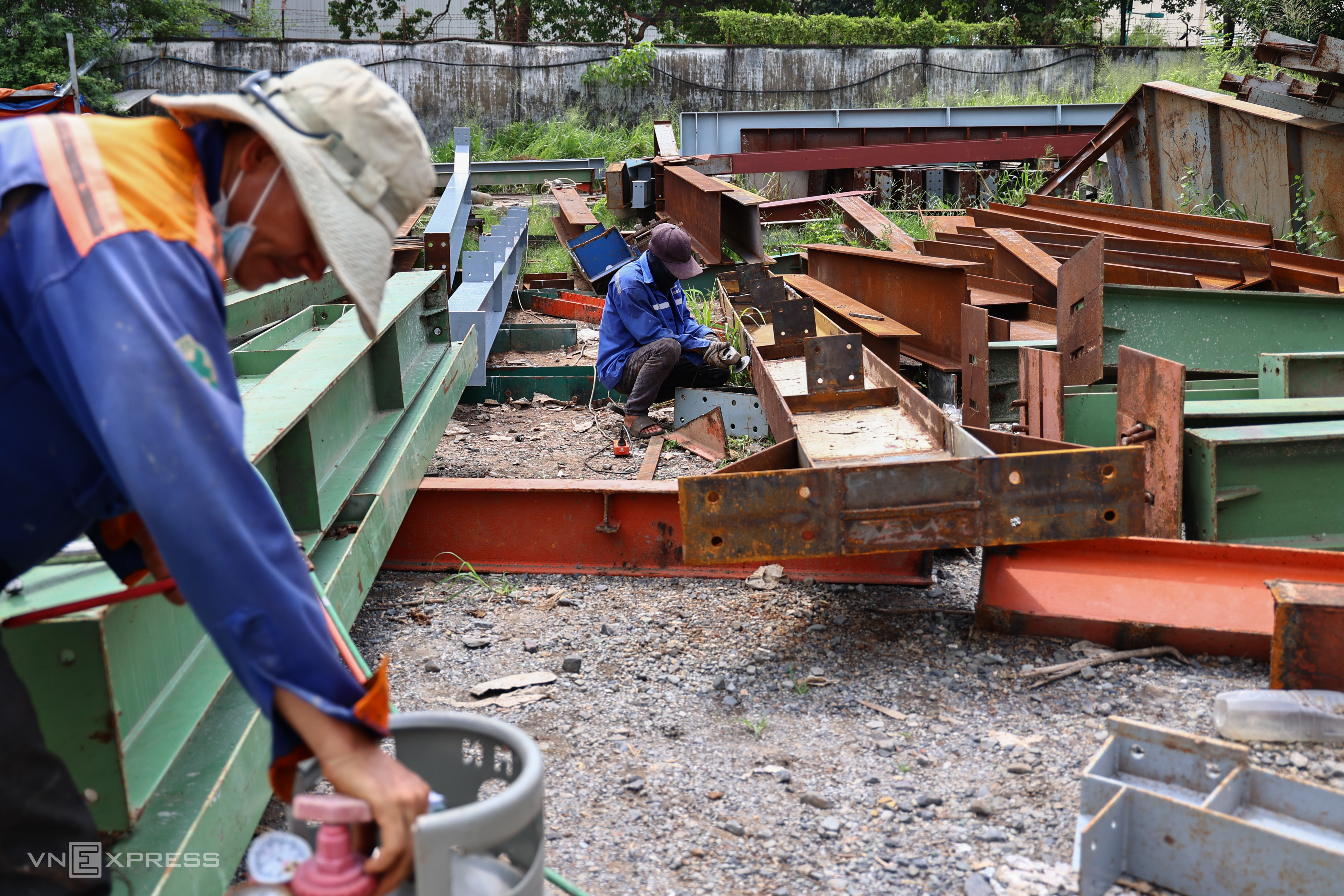 |
At a nearby workshop, Tan Dat, 34 (left), transports roofing sheets outside. At the scrap collection area, another group processes the dismantled steel bars for other purposes (following photo). (Photo: Phuoc Tuan)
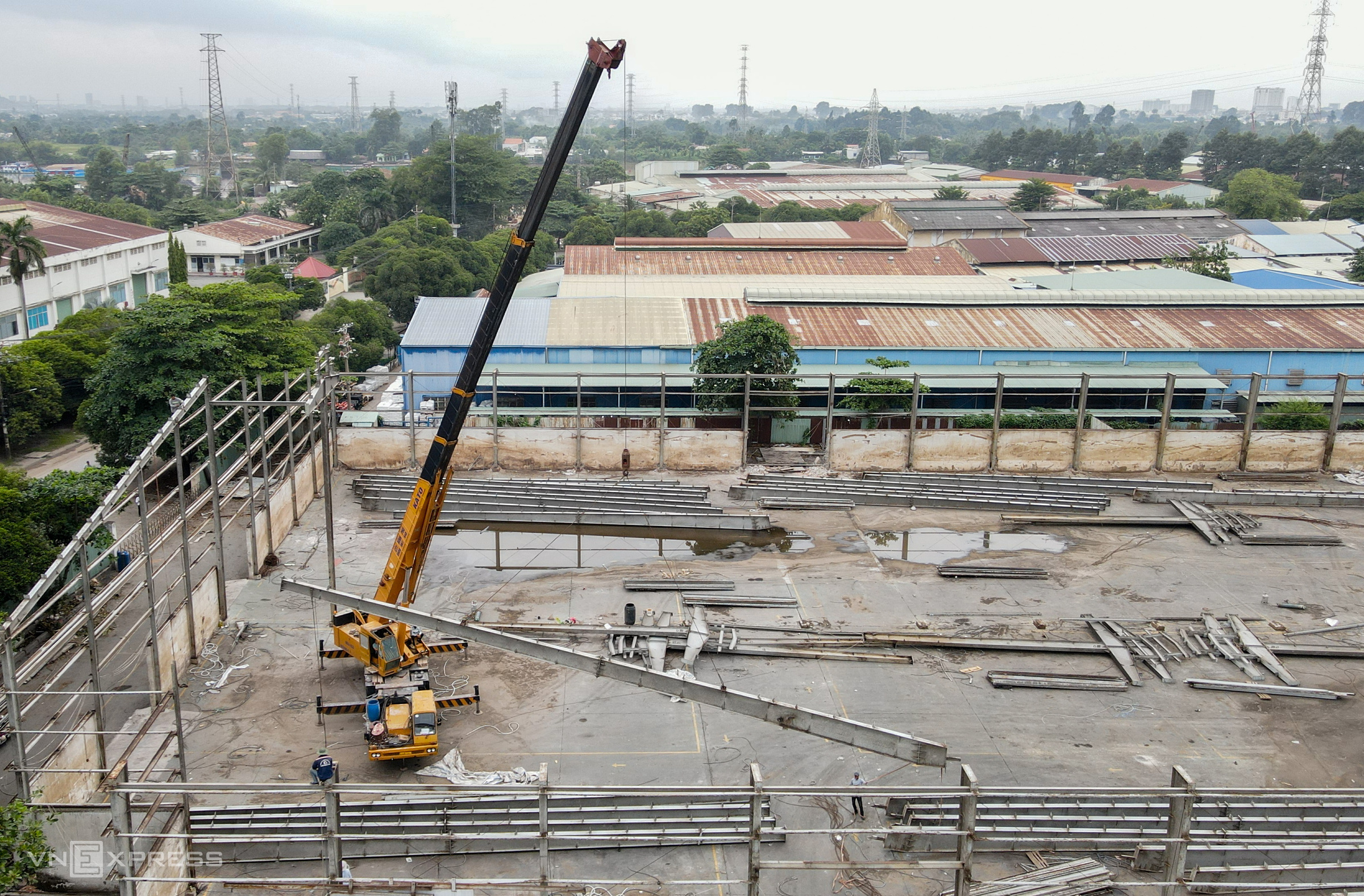 |
Another nearby company is also dismantling its factory area after many years of operation in the industrial park.
Dong Nai Province's Land Development Center has drafted a compensation and support plan for 65 out of 69 companies, covering an area of over 228 hectares. In early August, the industrial park will stop providing technical infrastructure services, including electricity, water, and wastewater treatment.
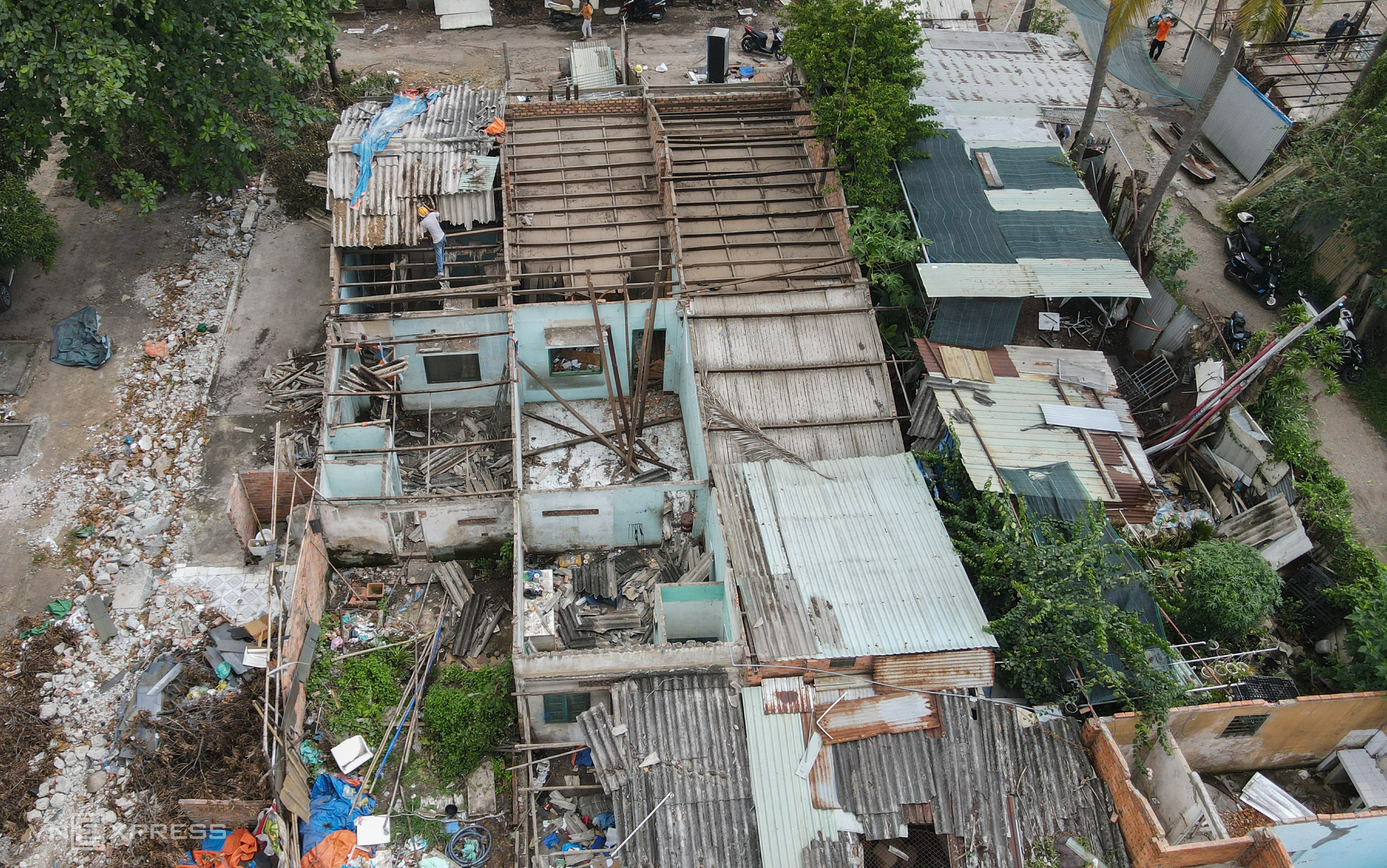 |
Residents along Le Van Duyet Street are also busy dismantling houses and moving belongings.
According to a report by the People's Committee of Tran Bien ward, the ward has mobilized the relocation and dismantling of assets for 306 out of 355 cases, achieving a rate of over 86%.
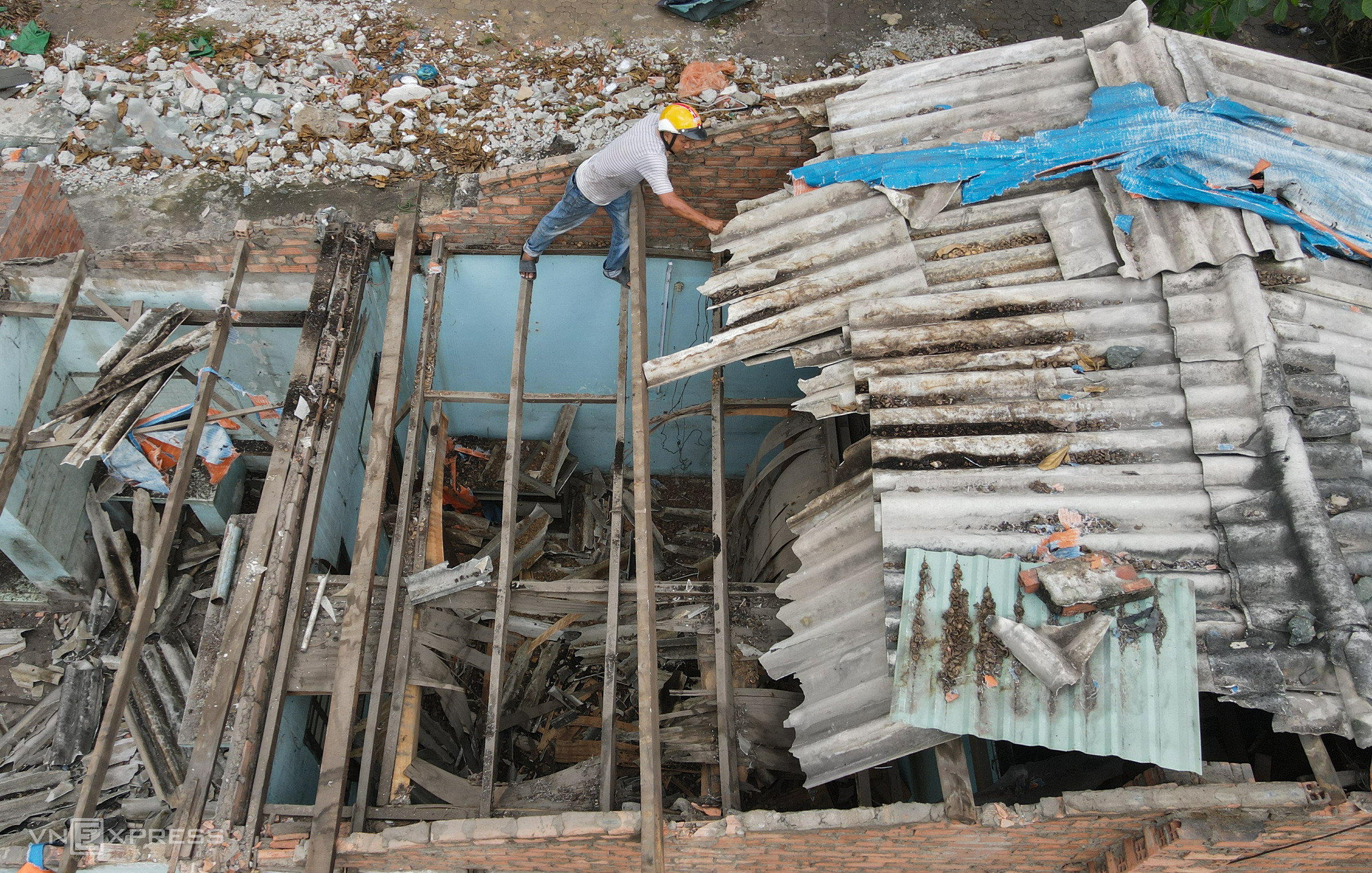 |
For a week, Luu Trung Duong, 68, has hired workers to demolish his house and return the land. His family has lived in the 50+ square meter, corrugated iron roofed, level-4 house since 1987. "The compensation is too low, so I haven't accepted the money yet, but I still comply with the province's policy," Duong said. (Photo: Phuoc Tuan)
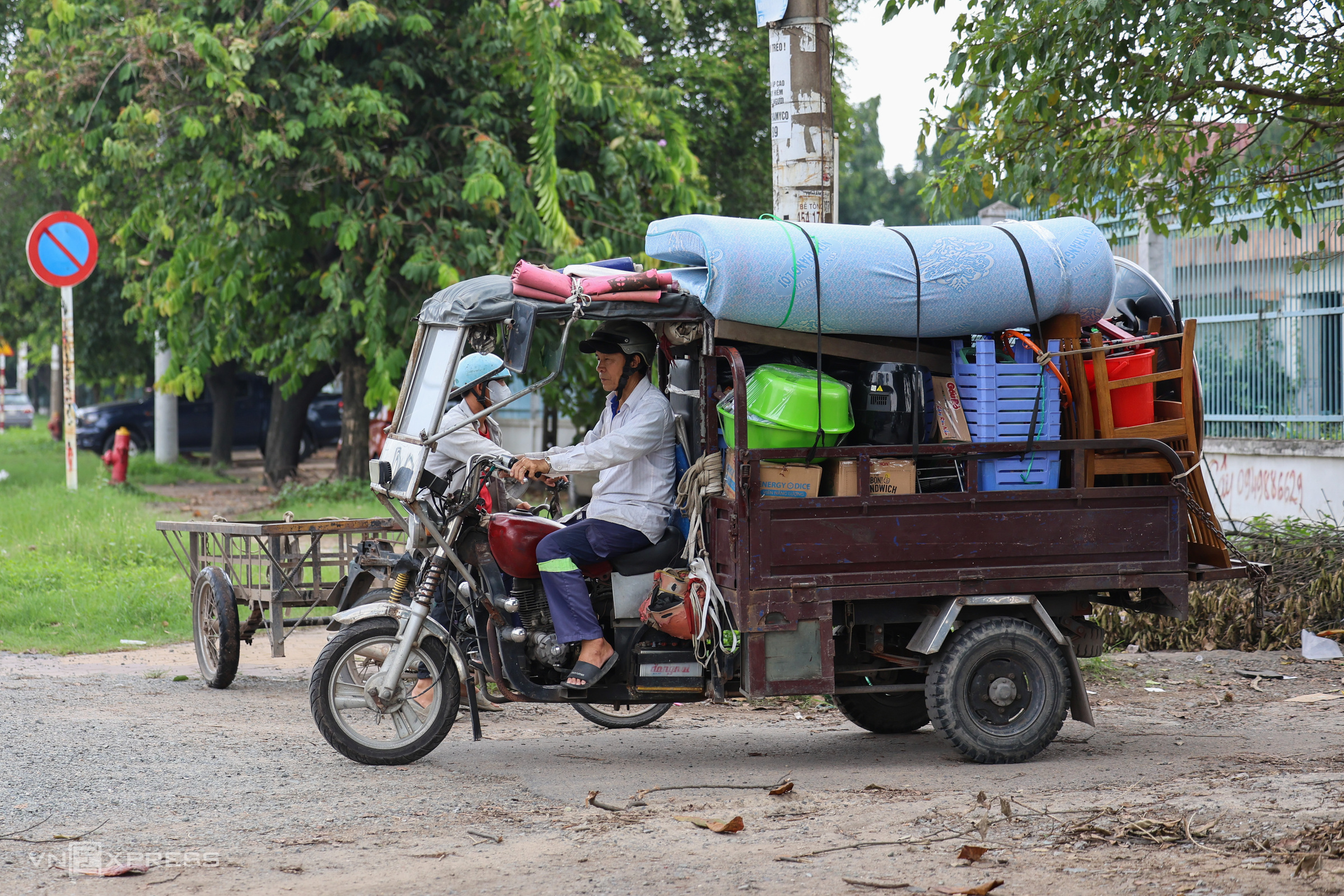 |
Three-wheeled vehicles and trucks continuously enter and exit the residential area within Bien Hoa 1 Industrial Park to move belongings. (Photo: Phuoc Tuan)
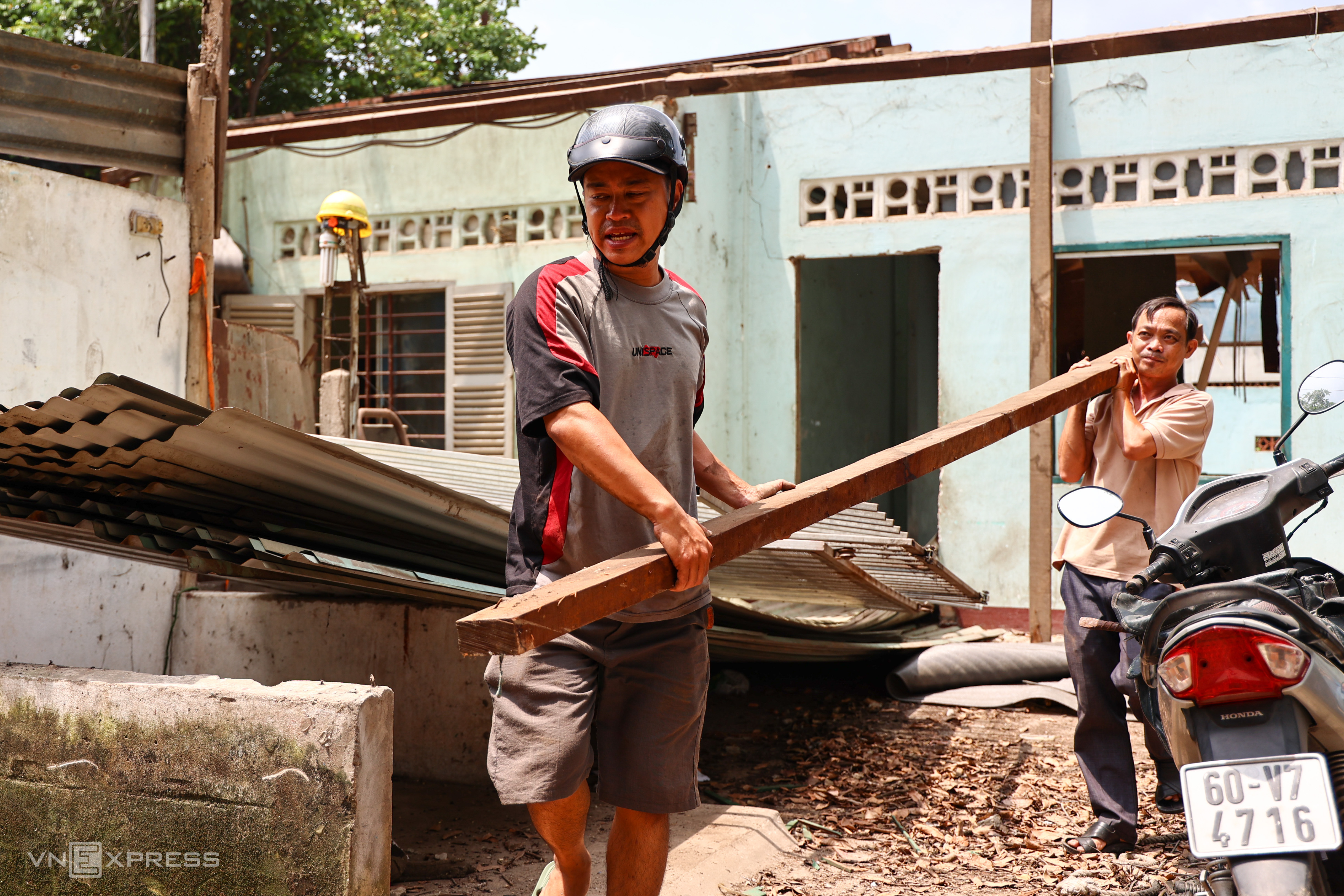 |
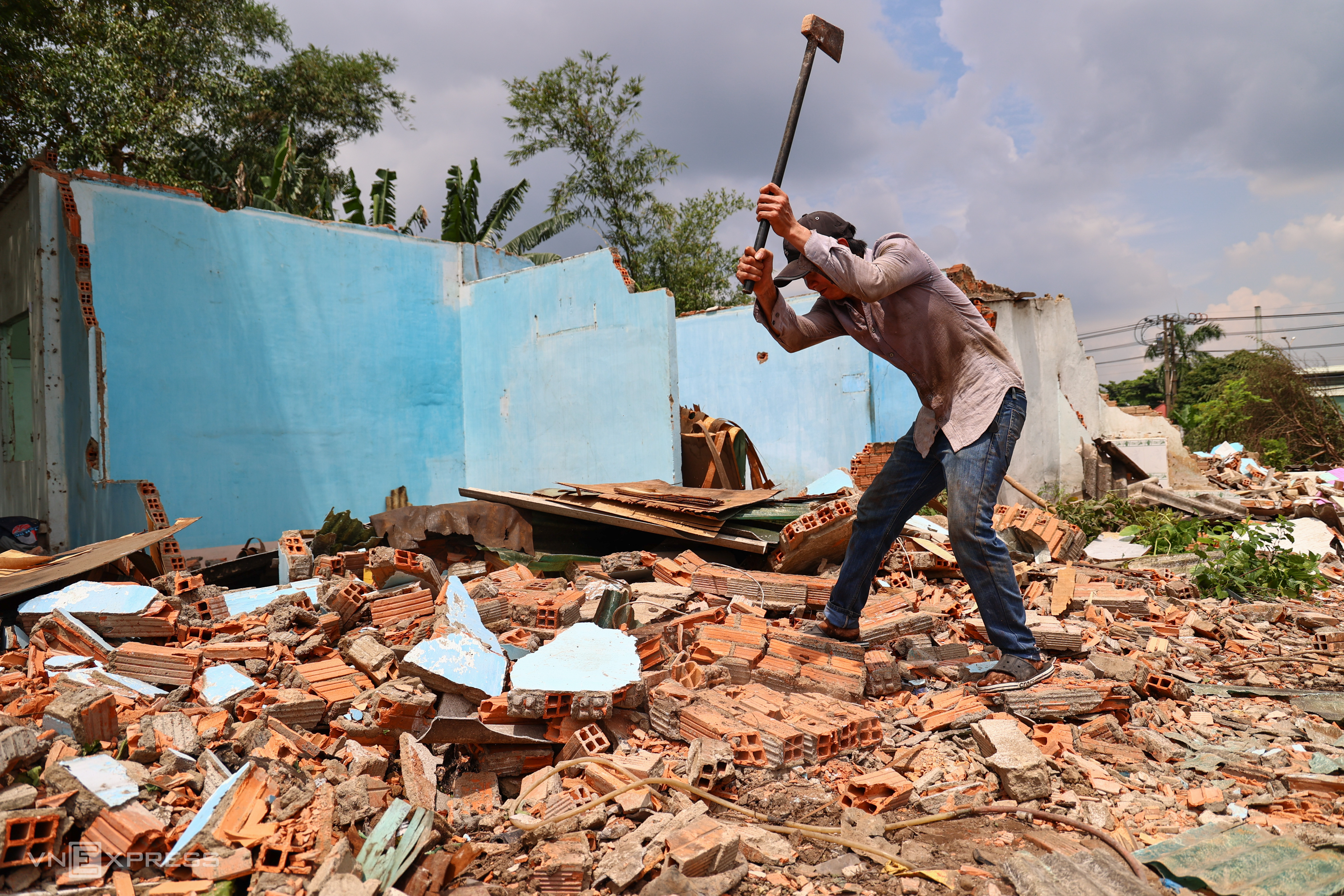 |
Many scrap buyers are also contacted by families to sell old house frames, steel roofs, and corrugated iron. (Photo: Phuoc Tuan)
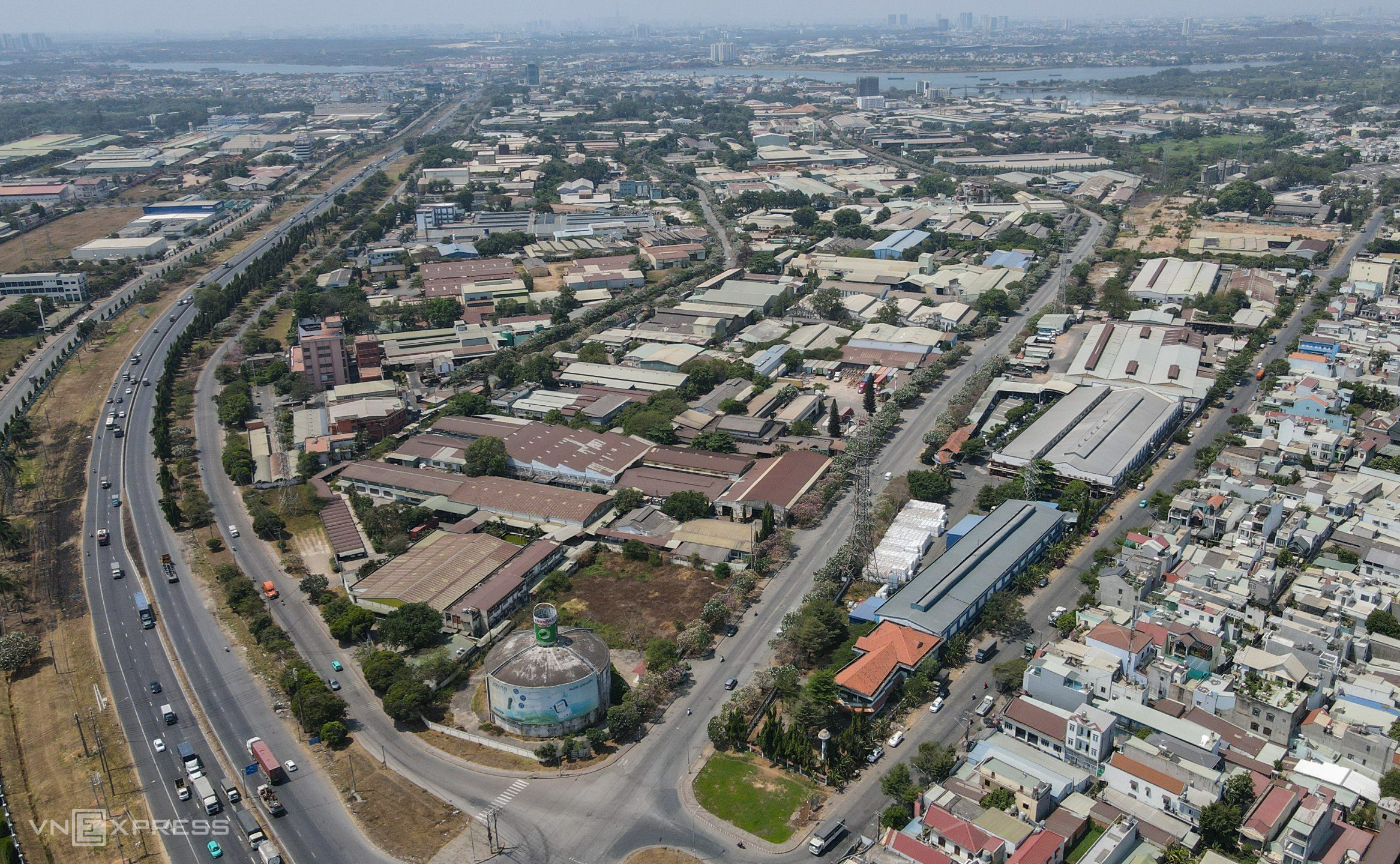 |
Overview of Bien Hoa 1 Industrial Park.
It is expected that by the end of July, the industrial park will have about 70 hectares of cleared land to commence the construction project for the province's Political - Administrative Center. According to the Provincial People's Committee, upon completion, a new urban, service, and commercial area will be formed, stretching along the Dong Nai River.
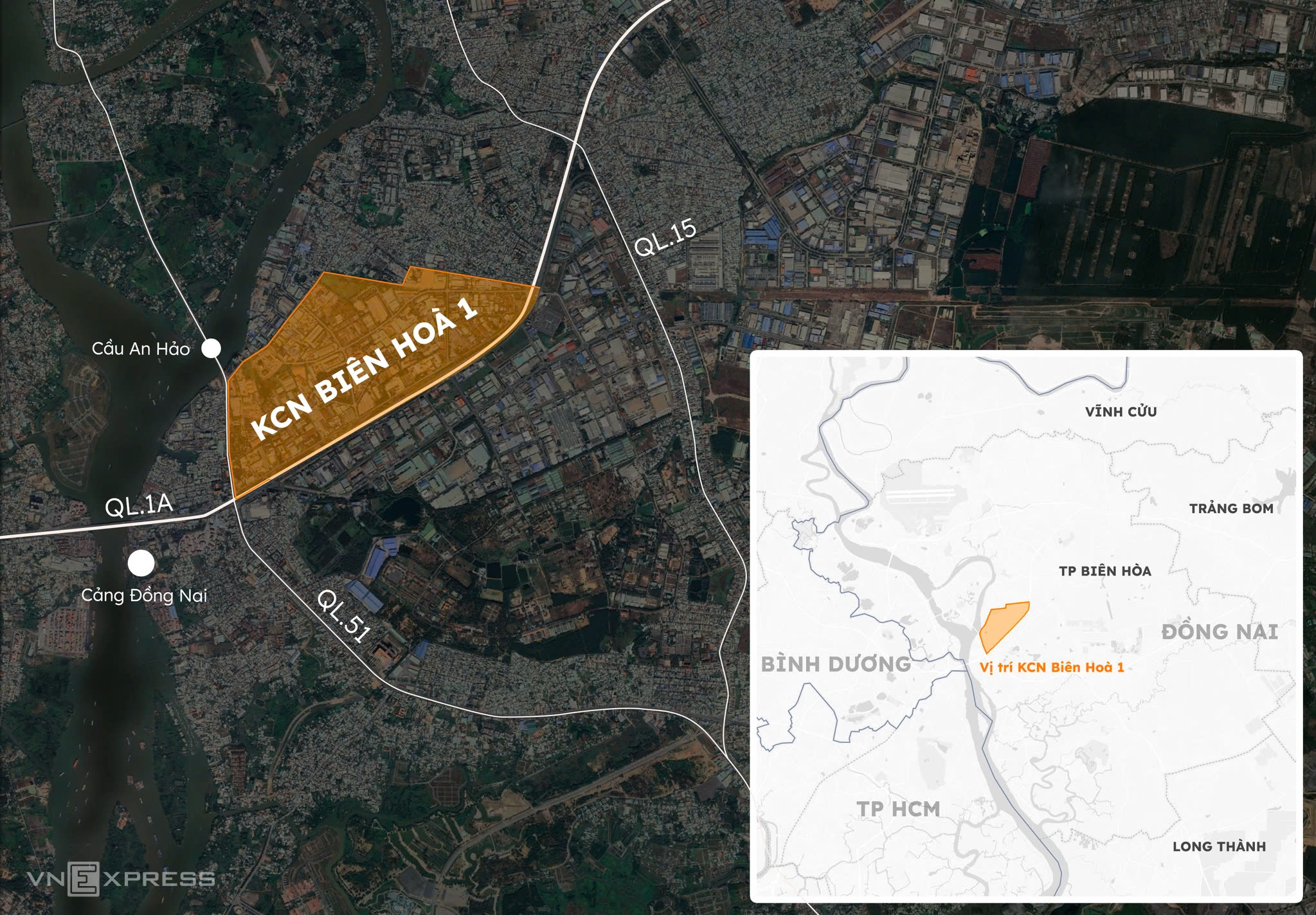 |
Location of Bien Hoa 1 Industrial Park. Graphics: Khanh Hoang
Quynh Tran - Phuoc Tuan



